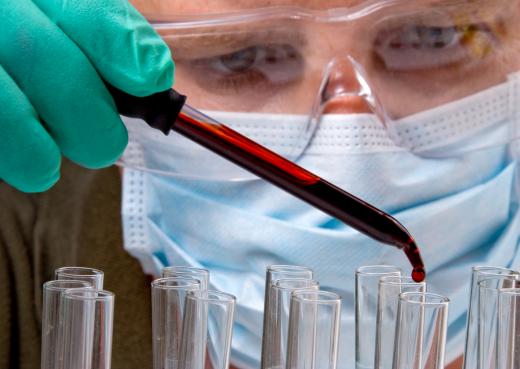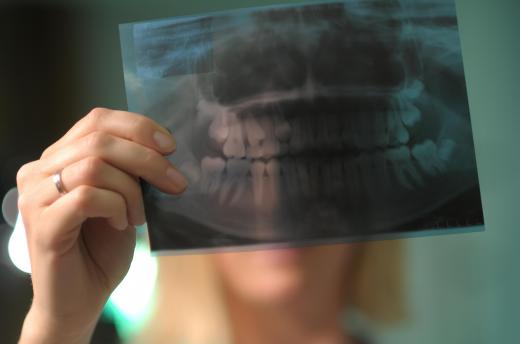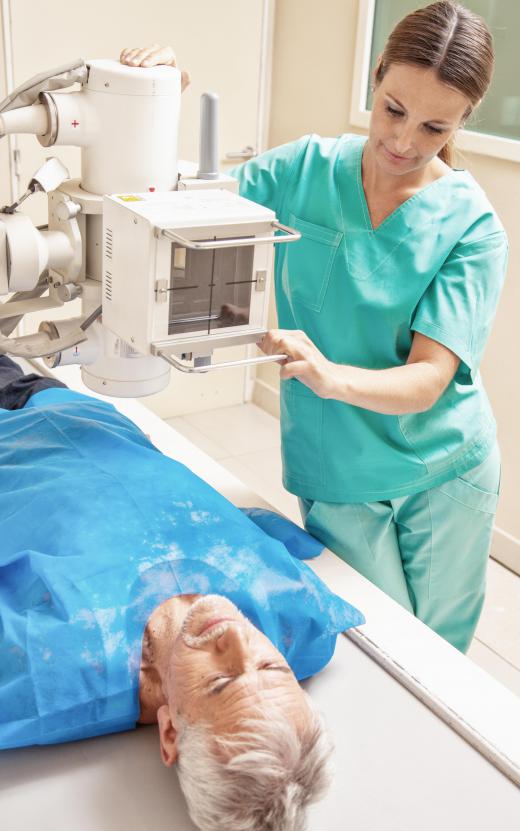What is the Dose-Response?
 Mary McMahon
Mary McMahon
Dose-response is a correlational relationship between the level of exposure to a substance and the reaction to it. The dose-response relationship is an important topic in pharmacology and toxicology, and is often expressed in the form of a mathematic curve which plots the dosage level and response to provide information. This relationship can be very important when people are determining when a level of exposure crosses the line from “safe” to “hazardous.”
Basically, the dose-response relationship relies upon the fact that the response to a subject is tempered by the level of exposure. It assumes that there is a level of exposure so low at which a response cannot be measured or charted, and a certain point at which the level of exposure is so high that no additional response will occur. In a simple example, someone exposed to a single dose of x-rays during a dental exam would not develop a response, but it is possible to kill someone with a high dose of x-rays, demonstrating the two extremes of the dose-response curve.

Several factors are interconnected in the dose-response relationship. The volume of a dose is a concern, but so is the timing. There's a difference, for example, between getting dental x-rays once every two years over the course of 20 years and getting dental x-rays every day for 10 days. In this case, the number of exposures is the same, but the response to the dosage is different because the patient was exposed in one case to x-rays spread out over an extended period, and in the other to a series of x-rays in quick succession.

In the development of new pharmaceuticals, one of the things researchers explore is the dose-response relationship. They look for the balance point on the curve where people are responding to the medication, but not experiencing harmful side effects. In some cases, people may be forced to endure harsh side effects to get the benefit of the medication, as seen in chemotherapy, while in other cases, doses can be kept low and carefully targeted to avoid problems, as seen with low-dose hormonal birth control.

Toxicologists are also tremendously interested in this topic. They are interested in knowing how levels of toxins affect populations over time, and at which point various groups within a population will start to demonstrate responses. These researchers may be concerned with topics like bioaccumulation, in which toxins accumulate in the body instead of being processed, along with the effects of cumulative exposure. To borrow the x-ray example again, most medical patients are not at risk of medical problems as a result of x-ray exposure, because they get low doses at infrequent intervals. Medical professionals who administer x-rays or work around x-ray machines, on the other hand, are at risk as a result of cumulative exposure.
AS FEATURED ON:
AS FEATURED ON:














Discuss this Article
Post your comments